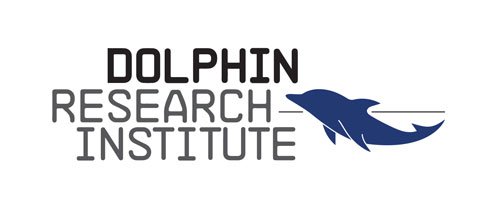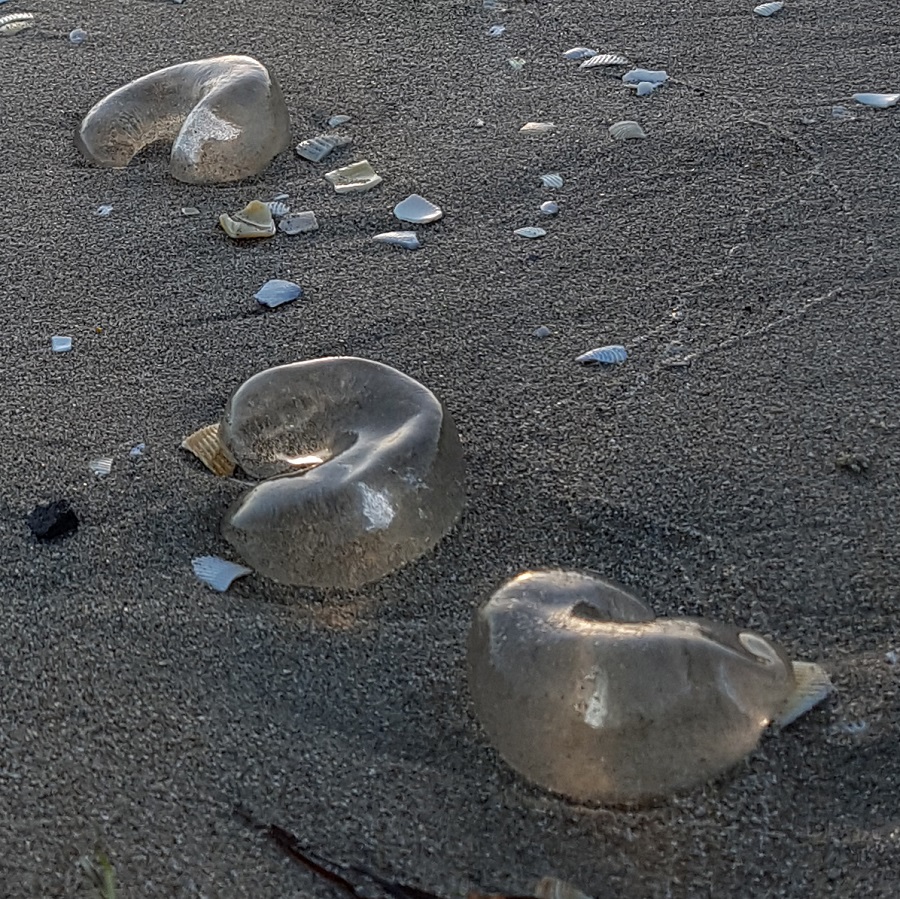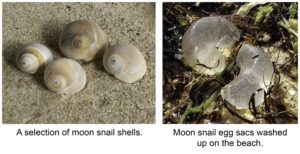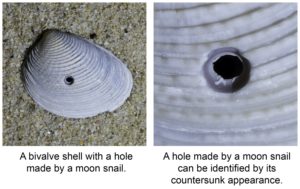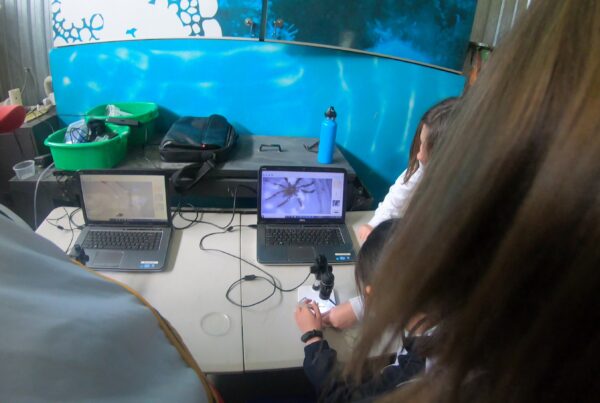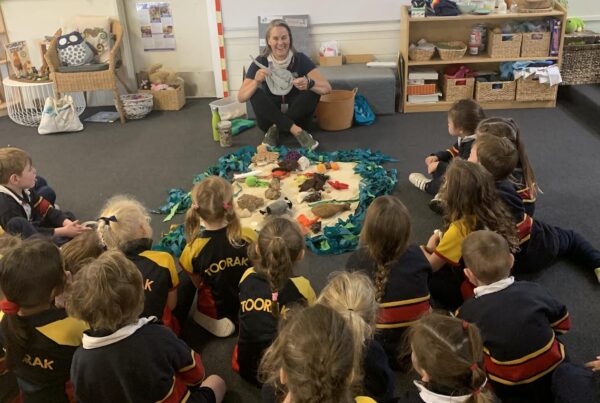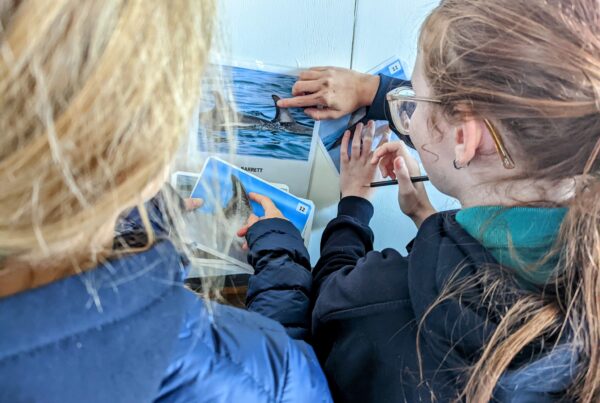These are a common sight on sandy beaches around Port Phillip Bay in the spring, but do you know what they are?
These are the egg sacs of the moon snail!! The female snail lays her eggs in a jelly material that absorbs water, swelling into the horseshoe-shaped sausage egg sac you find washed up on the beach. The egg sac can be three to five times the size of the snail who laid them. Due to their shape, they are sometimes called sausage jelly or jelly snags.
If you hold the egg sac up to the light you can see the tiny eggs enclosed in a capsule, suspended in the jelly. More than half the eggs lie within a few millimetres of the outer surface of the jelly. These eggs hatch first while others further inside the egg sac take longer. Oxygen diffuses from the environment into the jelly, so the eggs close to the surface have a better oxygen supply and develop faster. As the outer eggs hatch the jelly starts to break down allowing oxygen to reach the inner eggs. The whole jelly mass breaks down as the eggs hatch.
Once the eggs hatch the microscopic snail larvae join the plankton community and drift with the currents. The snail larvae do not look like the adult snail, they have a simple shell and three small lobes which help the larvae move and catch food. Their shell is a transparent cap made of protein, not the hard-heavy material it will have as an adult. Predators abound within the plankton community and on the seafloor and only a small number of larvae become adult snails.
Guided by the chemical signatures of adult snails the larvae settle to the sand and complete their final metamorphosis into a juvenile moon snail. The adult snails are carnivorous and mainly feeds on bivalves, that live in the sand. The moon snail uses its rough tongue and acid to drill a hole in the shell of the bivalves and eats the snail inside.
Watch as the moon snail moves about on its muscular foot.
If you would like to learn more about the fascinating world of moon snails and the huge diversity of life that can be found at your local rock pools please contact Education Director Mandy Robertson on education@dolphinresearch.org.au
